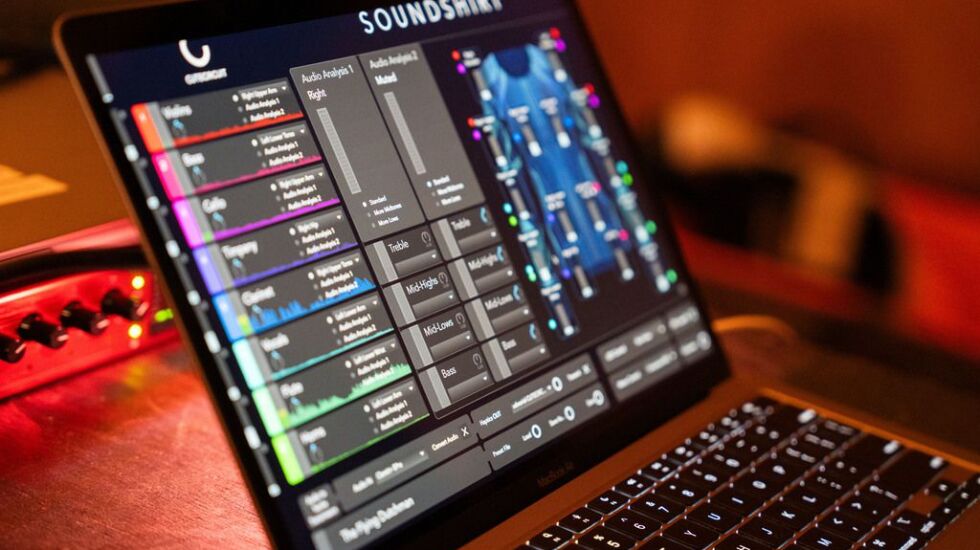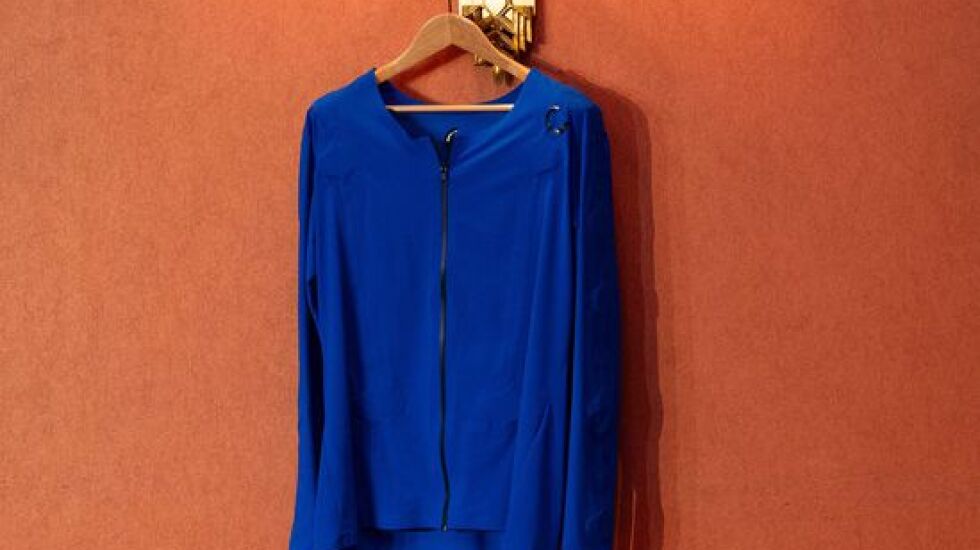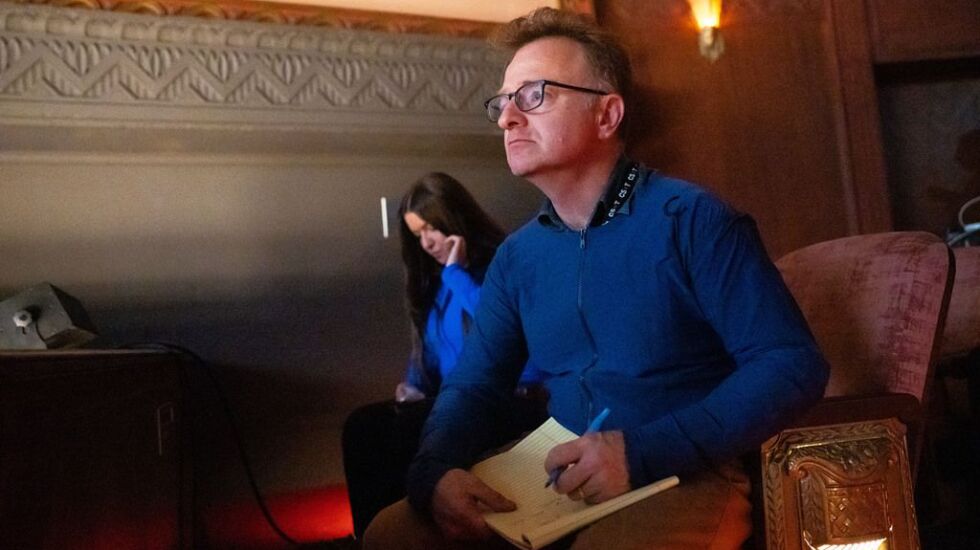
The conductor steps to the podium and raises his baton in the darkened theater.
The flutter of flutes. The quiver of strings. And then you feel something tingling, vibrating about your shoulders — almost as though a pair of bees have somehow found their way into the theater and under your clothing.
It’s not an unpleasant sensation — just odd, very odd.
A burst of French horns. The rumble of the timpani. Then it’s as if your torso has become home to an entire hive of nonstinging bees.
But these are the sensations of a hearing person donning, for the first time, the SoundShirt, a new wearable technology to assist hearing-impaired patrons, debuting Oct. 1. at the Lyric Opera.

For someone who is deaf, the pilot program — Lyric is the first opera company in the world to offer the technology at live performances — possibly provides an unexpected delight.
Rachel Arfa, commissioner of the Mayor’s Office for People with Disabilities, is deaf. She said she was initially skeptical of the technology, until she was asked to slip on a shirt earlier this year for a performance of Lyric’s “West Side Story.”
“I don’t think I made [the opera house] a destination necessarily in the way that I would now because the SoundShirt provides a new experience and makes people curious,” Arfa said during the official unveiling of the shirt Tuesday.
Only 10 shirts are currently available — in sizes medium and large — and only for one show during the run of each production in the current season, except for “Champion,” a production that will have shirts available for two shows. But more shirts, in different sizes, are on their way, according to Lyric.

“I wanted to start small and see what the market really was,” said Brad Dunn, Lyric’s senior director of digital initiatives.
Anthony Freud, Lyric’s general director, president and CEO, said the shirt’s introduction is “clearly a very important part of the development of our focus on access in every aspect of our work.”
The shirts are manufactured by an English company, CuteCircuit. Dunn said he came across the shirt while visiting London in February 2020. The company owners pulled out one of the shirts and said, “This is our latest thing.”
“I tried it and [thought] this is amazing. Then the pandemic happened, and they couldn’t really launch it,” Dunn said.
The shirt itself is made of a lightweight synthetic material — almost like something a runner or a cyclist might wear. It retails for about $1,500.
The technology utilizes tiny motors — 16 of them — embedded in the fabric, like those that make cellphones vibrate, Dunn said. Seven special mics are positioned above different sections of the orchestra. The different sections correspond to different vibrating patches of the shirt.
For Tuesday’s demonstration purposes, the shirt was aglow with tiny blinking blue lights (which will not be visible during an actual performance) that increased in intensity/pulsation as the music swelled.
“People can feel melody, counter-melody, the different rhythms that you naturally have in classical music,” Dunn said.

But it isn’t exactly music, and it works best together with an American Sign Language interpreter (provided at select Lyric performances) and supertitles. Patrons using the shirts will be seated in specially designated rows within sight lines of the interpreter. The seats will also ensure they can see the conductor, whose movements also add to the sensory experience.
“We can’t possibly recreate music for somebody who can’t hear music, but what we can do is create an analog experience that is just meant to be its own thing that enhances the rest of the experience,” Dunn said.
And wearing a tight-fitting, vibrating shirt may not be for everyone.
“I’m totally expecting that that will happen. It has not happened yet,” Dunn said. “What are the chances it’s not going to be too intense for someone? Of course.”
To learn more about the shirt or to purchase tickets, visit lyricopera.org.







